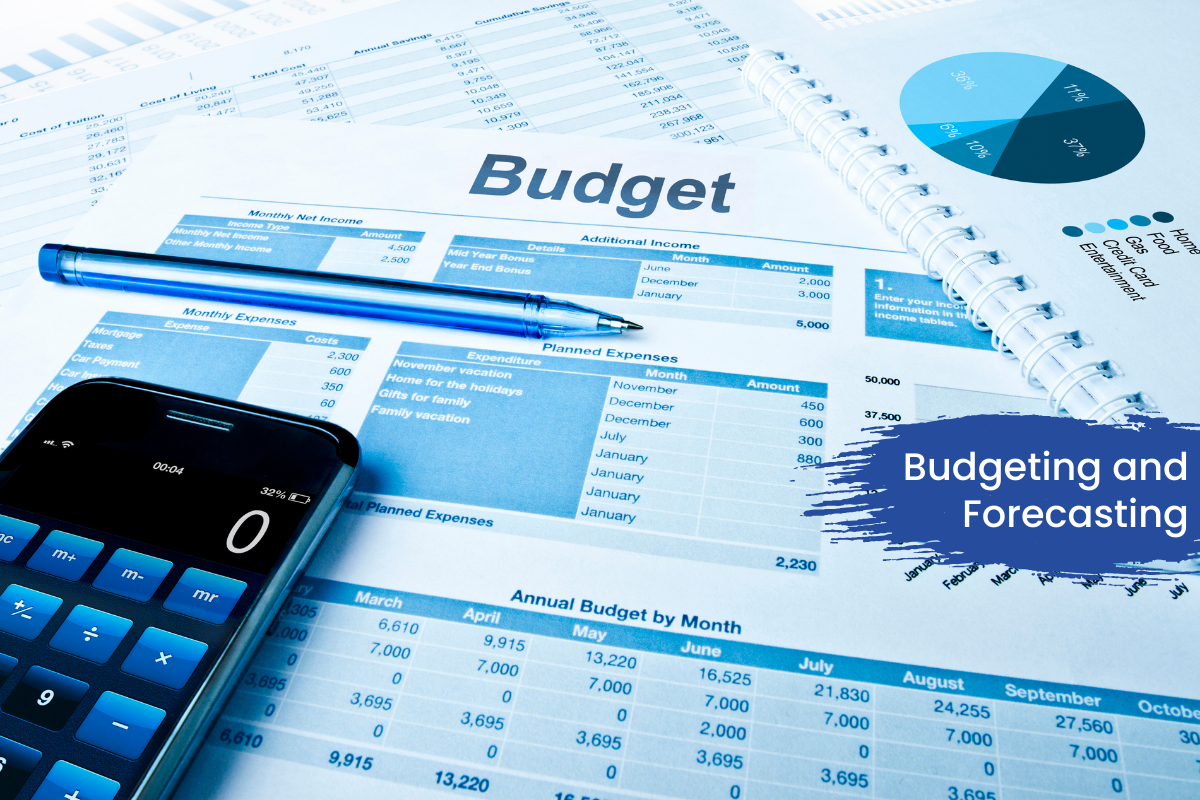
Strategically aligning resources with organizational goals, businesses can navigate uncertainties and seize opportunities while maintaining financial stability. This is where effective budgeting and forecasting play a pivotal role. Let’s dive into the 6 best practices that form the backbone of successful Budgeting and Forecasting.
Understand the Essence:
Financial stability lies at the core of understanding budgeting and forecasting. Budgeting involves setting financial targets, while forecasting anticipates future trends. Integrating these processes harmoniously is key to a strong financial strategy.
Leverage Cutting-edge Software:
Utilizing advanced software can streamline the process since embracing technology is no longer an option but a necessity. This ensures accuracy and efficiency. Modern tools enable real-time data analysis, facilitating quick and informed decision-making.
Immerse Yourself in Planning:
Planning, budgeting, and forecasting are seen as an interconnected trilogy by successful organizations. These components feed into each other seamlessly creating a smooth financial strategy. A robust plan serves as the foundation for an accurate budget, and forecasts refine the plan, creating a cycle of continuous improvement.
Implement a Strategic Process:
The iterative approach of establishing a timeline, involving stake holders and integrating feedback loops is a well-defined but crucial process. This allows the businesses to respond swiftly to changing market conditions that enhances adaptability.
Utilize Business Tools:
Specialized tools designed for business budgeting and forecasting amplify efficiency. These tools offer features such as scenario modeling, predictive analytics, and collaborative capabilities. Investing in such tools is an investment in the agility and resilience of your financial strategy.
Learn from Industry Experts:
Continuous learning is fundamental in the ever-evolving financial landscape. Stay updated with industry trends, attend workshops, and engage with experts. Gaining insights into emerging practices ensures that you’re budgeting and forecasting methods remain cutting-edge.
Conclusion:
In conclusion, mastering budgeting and forecasting is an ongoing journey that demands strategic thinking, technological integration, and a commitment to continuous improvement. By embracing these 6 best practices and leveraging innovative tools, businesses can navigate uncertainties and build a solid foundation for financial success. As the business landscape evolves, so should your approach, ensuring resilience and prosperity in the face of change.
